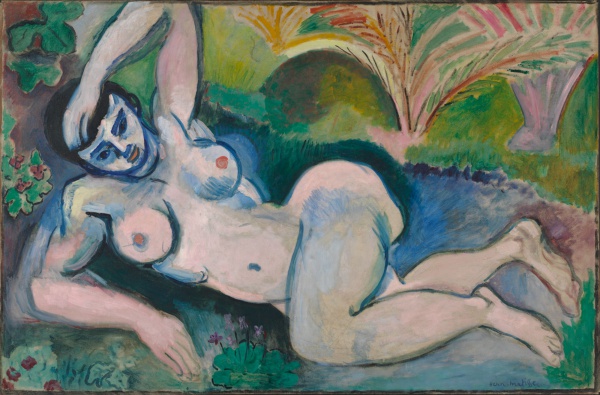Facts About Blue Nude (Souvenir de Biskra)
Henri Matisse's 1907 masterpiece, "Blue Nude" is an oil painting on canvas that can be found at the Baltimore Museum of Art as part of the Cone Collection. The story behind this artwork is quite fascinating: Matisse initially intended it to be a sculpture, but when the sculpture broke, he transformed his vision into the painting we know today. He eventually completed the sculpture, naming it "Reclining Nude I (Aurore)."
When "Blue Nude (Souvenir de Biskra)" was first exhibited at the 1907 Société des Artistes Indépendants in Paris, it caused quite a stir among the French public. The painting's impact only grew when it was showcased at the 1913 Armory Show in New York City, where it sparked international controversy and was even burned in effigy during the show's stop in Chicago.
"Blue Nude" didn't just ruffle feathers; it also influenced other great artists such as Georges Braque and Pablo Picasso. The painting's bold style and provocative subject matter reportedly inspired Picasso's creation of "Les Demoiselles d'Avignon."
The painting also ignited debates around race, race relations, and colonialism. The ambiguity surrounding the race of the figure in "Blue Nude" made it a focal point for discussions about "the Other" a concept crucial to the colonial mindset. This ambiguity challenged traditional notions, making "Blue Nude" not only a significant piece of art but also a catalyst for broader social and cultural conversations.

 Canada
Canada